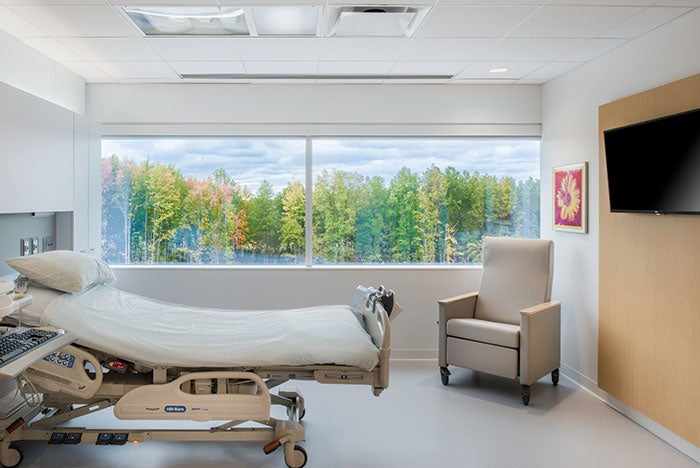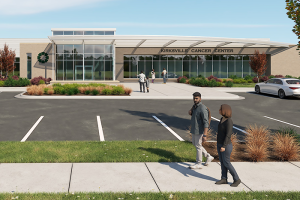Design
Evidence-based design research definitions
Terms used during Cleveland Clinic's EBD patient-room project
|
The following research terms and definitions were used during the evidence-based design (EBD) patient room project at the Cleveland Clinic Foundation’s Avon Hospital, which is highlighted in the main article:
- Design research. This is the field concerned with the interrelationship among environments, society, culture and human behavior. EBD is one approach to design research.
- True experiment. These are studies designed so that participants have equal opportunity to experience the conditions in which the designers are interested. A gold standard in design research, true experiments establish causality between a condition and its outcome while controlling for any other possible influences. Physical mock-ups of inpatient rooms are useful environments within which to conduct true experiments.
- Sample size. This is the number of participants in a study. Generally, the more people in a study, the better. Designers can have greater confidence in the findings and generalize the findings to a larger group of people.
- Post-occupancy evaluation. This is field research of a built environment following its occupation and how it performs for its users. When compared with pre-occupancy evaluation findings, this can reveal whether the new design benefits users.
- Mixed methods. This is a combination of multiple research methods so that they complement and supplement each other. For example, a study of emergency department utilization by patients with cardiac arrest can involve numerical data on number of visits and procedures and interviews with actual patients.
- Meta-synthesis. This is a process of evaluating and balancing results from the scientific literature and real-world project parameters to guide design delivery and future design research.
- Same-handed inpatient room. This is a room on an inpatient unit wherein all the beds are oriented in the same direction. Same-handed inpatient rooms create standardization that some design research has found improves patient experience, patient safety and staff efficiency.
Philip LiBassi, FAIA, FACHA, is senior principal at DLR Group|Westlake Reed Leskosky. He can be reached at plibassi@dlrgroup.com. Supporting information was provided by EwingCole’s Nicholas Watkins, Ph.D., director of research, and Esperanza Harper, EDAC, health care planner.





